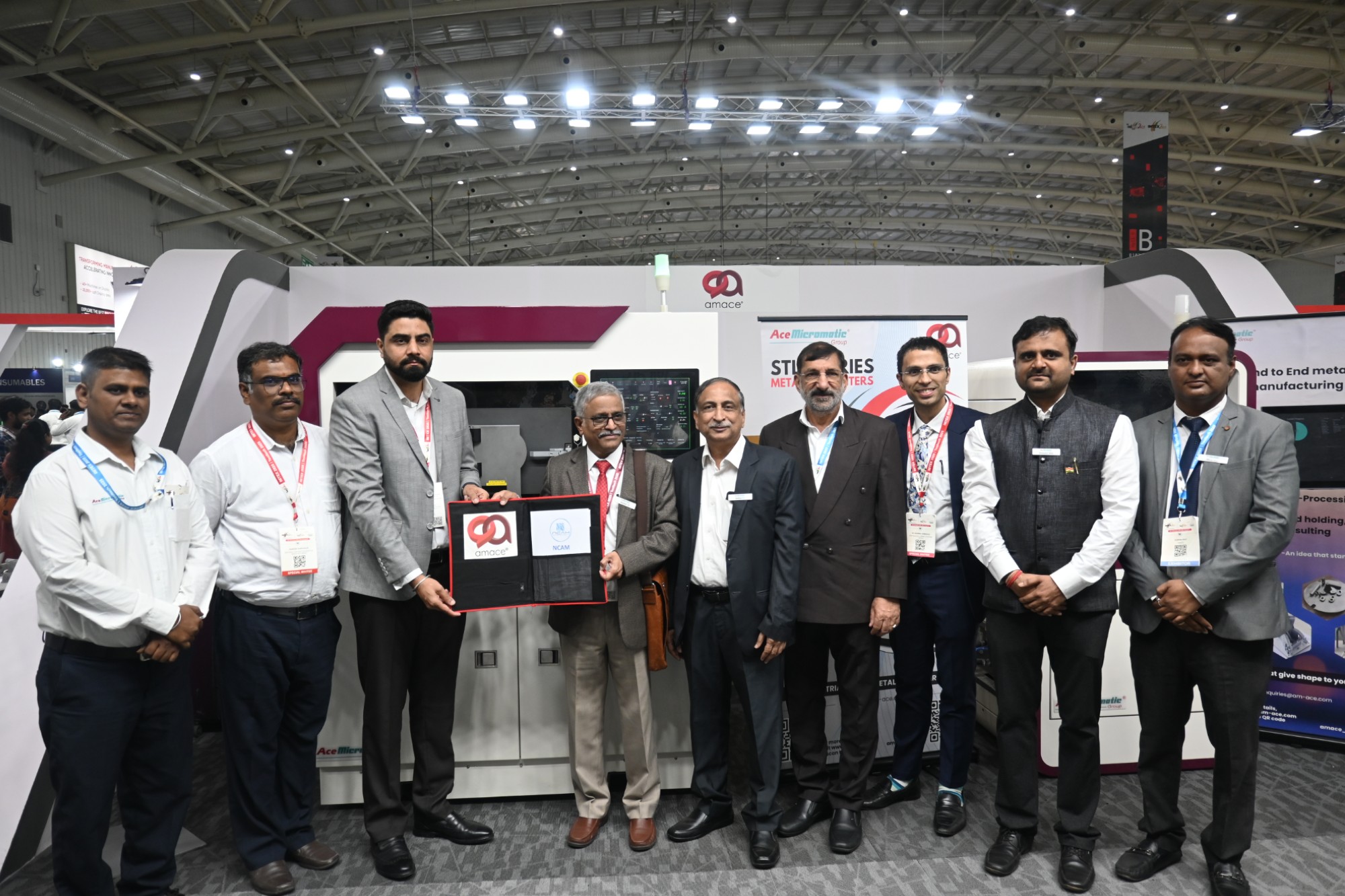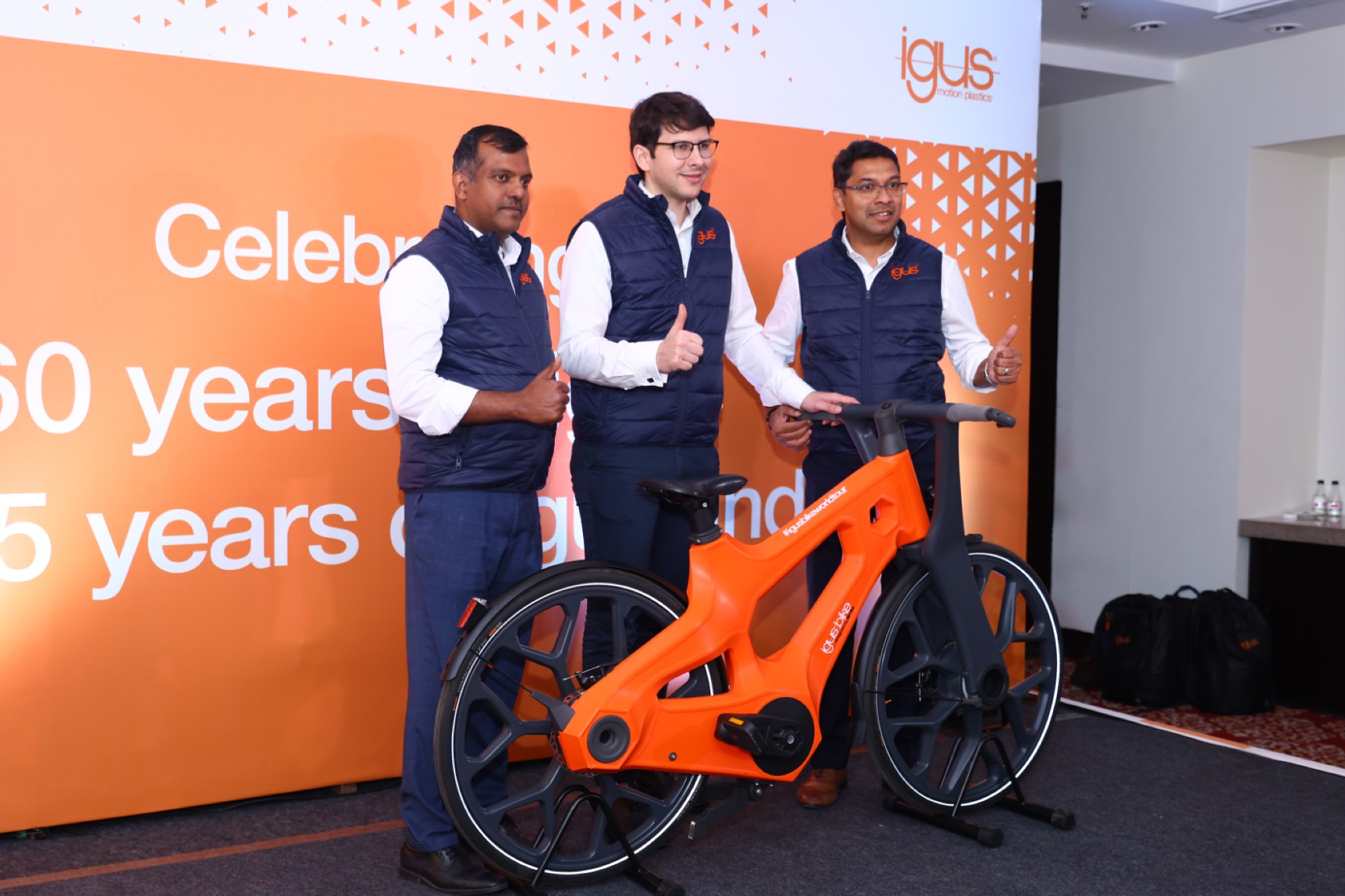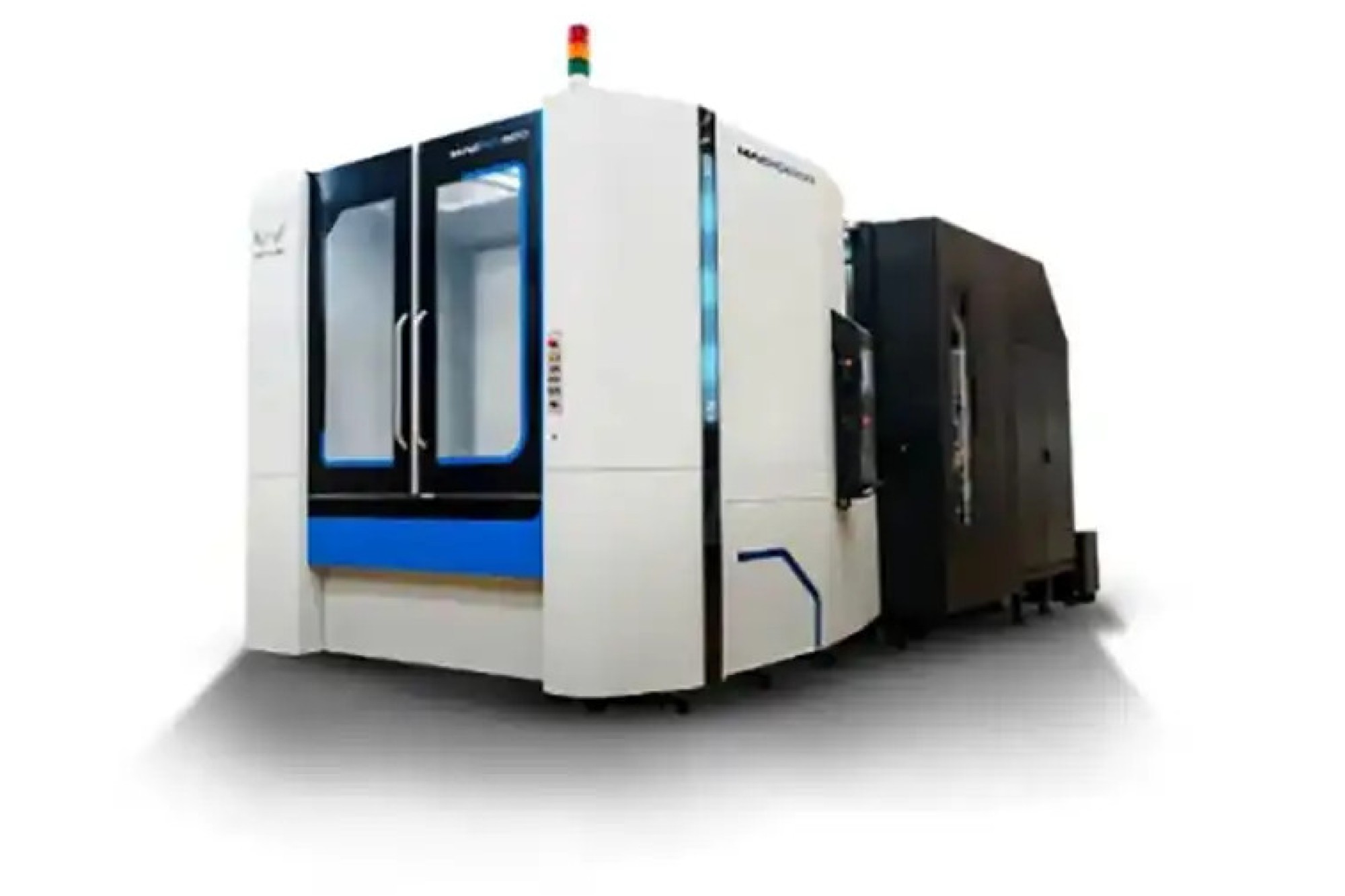Increase in robotics and automation in manufacturing to increase usage of plunge saws
By OEM Update Editorial December 6, 2022 5:20 pm IST
The global plunge saw sales are valued at US$ 765.0 million for 2023. Acquire the detailed market study by Fact.MR for valuable insights.
As per the latest study by Fact.MR, a market research and competitive intelligence provider, the global plunge saw market is likely to touch US$ 765 million in 2023 and expand at a CAGR of 3.6 percent during the forecast years of 2023 to 2033.
A plunge saw is a handheld circular saw that spins and cuts high-strength materials such as glass, wood, and more. There are two types of powered plunge saws available, the electrical powered, which has a brushless DC motor installed, battery powered, which has a lithium ion battery installed.
Material advancements in plunge saws in terms of motor, blades, blade guard, and base have reduced the demand for conventional saws. The blade in a plunge saw is installed within the machinery, which reduces the risk of injury, improves dust extraction efficiency, and provides accuracy while cutting the material. The use of plunge saws will see high commercial use because of rising infrastructural development happening around the world.
Moreover, many people like to indulge in DIY activities at home during their free time. This has also created substantial demand for plunge saws under the individual category. The ‘Do it Yourself’ trend will create lucrative opportunities for the market over the coming years.
Key Takeaways from Market Study
The global plunge saw market is projected to grow 3.6 percent and reach US$ 1.09 billion by 2033.
-
The market witnessed 2.7 percent CAGR between 2018 and 2022.
- The market will be valued at US$ 765.0 million in 2023.
- North America leads the global market with 27.2 percent share in 2023.
- Offline sales account for the highest market share of 71.3 percent in 2023.
“Rising DIY trend will pave the path of the market for plunge saws,” says a Fact.MR analyst.
Market Development
Costs of production for plunge saws are high as compared to conventional saws. New entrants are likely to profit much more if they operate by maintaining their operating costs at low levels from the start.
Additionally, fixed costs, variable costs, and semi-variable costs are three additional areas where current manufacturers can save expenses. Plunge saw manufacturers are actively developing long-term collaborations with end users to create consistency in demand. In addition, companies are focused on offering tailored solutions to capture a significant share of the market.
Cookie Consent
We use cookies to personalize your experience. By continuing to visit this website you agree to our Terms & Conditions, Privacy Policy and Cookie Policy.


















